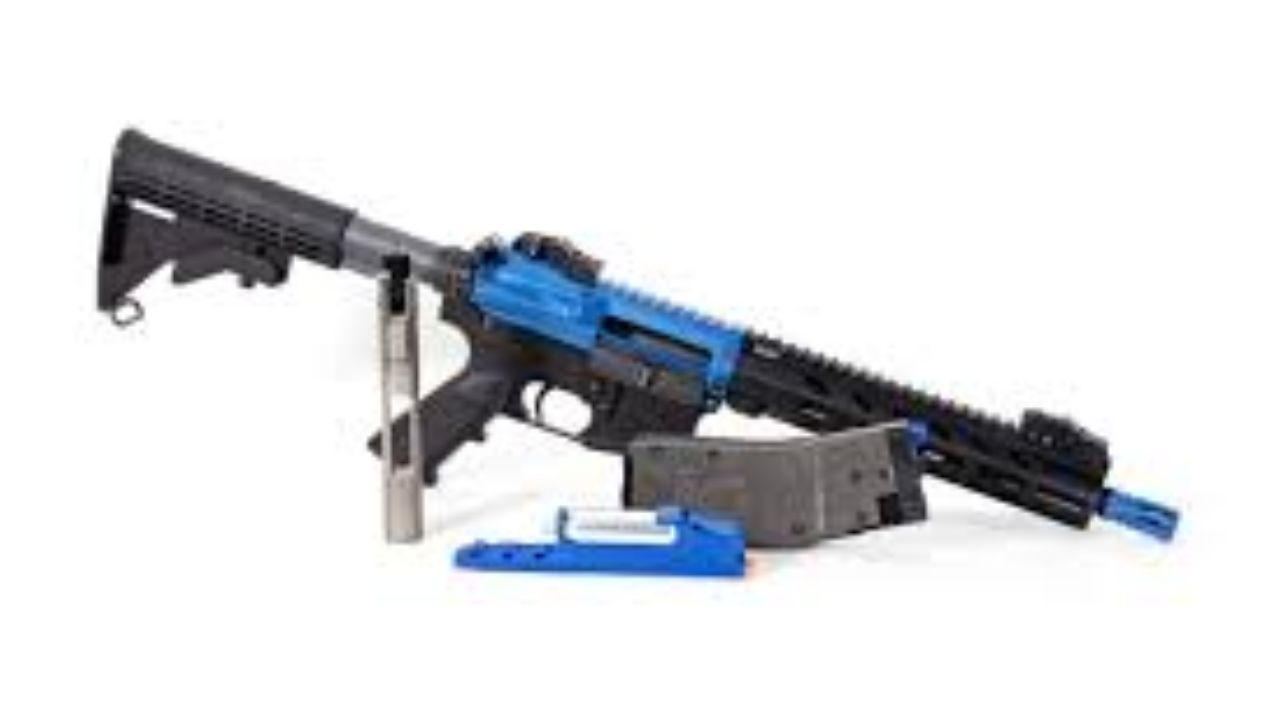
realistic hood gun test script
Creating a realistic hood gun test script is a craft that requires more than just knowledge of firearms or urban culture. It’s about capturing the essence of life in the streets where tension, survival, and loyalty all intersect in dramatic, often dangerous ways. These scripts are increasingly used in independent films, music videos, and urban skits, and when written responsibly, they provide a gripping yet respectful glimpse into life in underserved neighborhoods.
Let’s break down how to write a compelling and authentic realistic hood gun test script that stays safe, legal, and captivating.
What Is a Realistic Hood Gun Test Script?
A realistic hood gun test script is a screenplay or short scene that depicts the testing or handling of a firearm in a gritty, street-based setting. Unlike typical action scripts, these scenes are rooted in real-life scenarios. Whether it’s a character checking a weapon before a deal or practicing for protection, the tone should reflect raw emotion and everyday tension rather than glamorized violence.
Why These Scripts Matter in Modern Storytelling
Urban filmmaking has become a powerful tool to showcase the reality of life in neighborhoods often misrepresented or misunderstood. When done right, a realistic hood gun test script can:
-
Deliver social commentary on crime, poverty, and survival.
-
Build strong, authentic characters.
-
Reflect the tone of real communities without stereotyping.
It’s essential to approach these stories with respect and a goal to spark dialogue, not glorify danger.
Core Elements of a Realistic Hood Gun Test Script
To write an authentic realistic hood gun test script, you’ll need to include several key elements. Let’s walk through them.
1. True-to-Life Characters
Your characters must sound, act, and feel real. Give them a backstory, even if it doesn’t appear in the script. For example:
-
JAY – 21 years old, quiet, smart, but raised in tough surroundings.
-
MARCUS – 25, quick-tempered, street-savvy, distrustful of outsiders.
These profiles influence how each character speaks, reacts, and moves.
2. Realistic Dialogue
Street talk is fast, emotional, and specific. Don’t overdo the slang, but ensure it feels native.
JAY: “You sure this joint clean? I ain’t tryna be stuck with a piece that jam in the moment.”
MARCUS: “Relax. It’s been tested. Lemme show you how she bark.”
The rhythm and tone should mirror the local dialect of your setting.
3. Accurate Gun Handling
Viewers today are smart. They’ll know if your character’s handling of the weapon feels fake. Research how real firearms are loaded, checked, and tested. If you’re writing for video production, include specific actions like:
-
Chamber check
-
Trigger discipline
-
Recoil response
-
Shell casing ejection
Example:
Marcus pulls the slide, checks the chamber, and points the gun at a rusted metal drum.
BANG!
The drum vibrates. A bird takes flight from a nearby wire.
Structuring Your Scene
A solid realistic hood gun test script often follows this simple 3-part structure:
Scene Setup
Describe the time, place, and mood. For example:
It’s 11 PM. The alley is dimly lit by a single flickering lamp. Trash bags line the walls. A pit bull barks in the distance. Jay and Marcus stand near an old fire escape.
Gun Testing Action
Include technical detail and character interaction. Avoid glorifying the moment; instead, show tension or hesitation.
JAY: “I don’t like the sound that mag made.”
Jay reloads slowly, eyes scanning the shadows.
MARCUS: “You watch too many movies. That mag solid. Listen.”
Marcus fires once. The echo lingers. Silence follows.
Aftermath and Tension
What happens after the shot is crucial. Are they nervous about someone hearing it? Are they prepping for something bigger? This part adds drama and moves the story forward.
Safety First: Writing Responsibly
Whenever guns are portrayed in scripts especially those set in the streets it’s vital to balance realism with responsibility.
1. Avoid Romanticizing Firearms
Your story should not make guns seem cool or fun. Show consequences, fear, and emotional weight.
2. Use Fictional Brands or Disclaimers
To avoid legal or ethical issues, use disclaimers and fictional names if needed. For example:
“All characters and events in this script are fictional and not intended to promote violence.”
3. Highlight Character Struggles
Focus on why the characters are testing the gun. Is it fear? Lack of protection? Peer pressure? Let these themes speak louder than the gunfire.
Sample Snippet: Realistic Hood Gun Test Script
Here’s a short sample that includes all the above techniques:
INT. ABANDONED GARAGE – NIGHT
A flickering bulb hangs overhead. The floor is stained with oil and ashes.
JAY
(Examining the pistol)
“This ain’t no toy, man. We don’t need this unless it’s real.”
MARCUS
(Nods)
“Exactly why we testin’. You don’t bring a mic to a show without checkin’ the sound, right?”
Jay sighs. He loads the mag, checks the slide. Points the barrel toward a stack of broken wood.
JAY
(Softly)
“One shot.”
BANG!
The shot echoes. The wood splinters. They freeze.
MARCUS
“Sounded clean.”
JAY
“Too clean. Let’s bounce before that sound gets answered.”
Tips for Writing an Effective Hood Gun Test Script
-
Write visually: Think of how each scene would look on camera.
-
Include emotional stakes: What’s at risk? What are they preparing for?
-
Keep it short and focused: A gun test scene doesn’t need to be long. 1–2 pages are often enough.
-
Use ambient noise: Add background sounds to enrich the realism (sirens, dogs barking, distant arguments).
Final Thoughts
A realistic hood gun test script isn’t about guns it’s about people. It’s about the lives they lead, the choices they face, and the consequences that follow. By writing with empathy, accuracy, and responsibility, you can craft a powerful scene that reflects real struggles without encouraging violence.
Whether you’re scripting for film, YouTube, or stage, stay true to the culture, use your platform wisely, and remember that every shot fired on paper has a story behind it.




